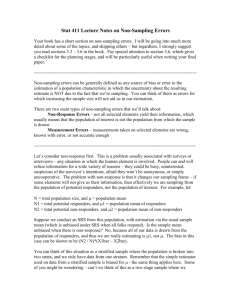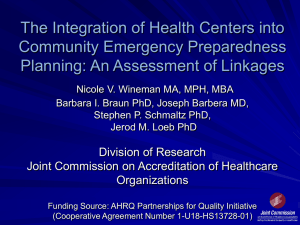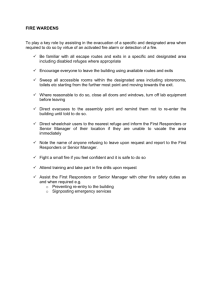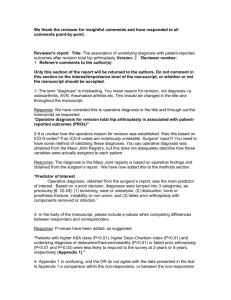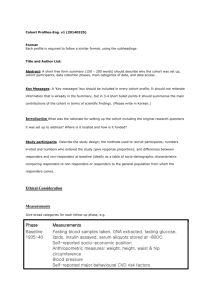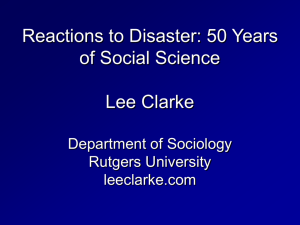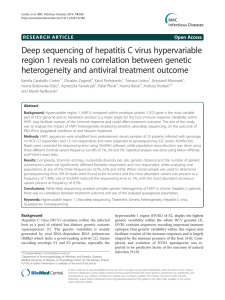Walker M. A comparative study of non-responders and responders in... Thesis: MA. 1986 University of Leeds.
advertisement
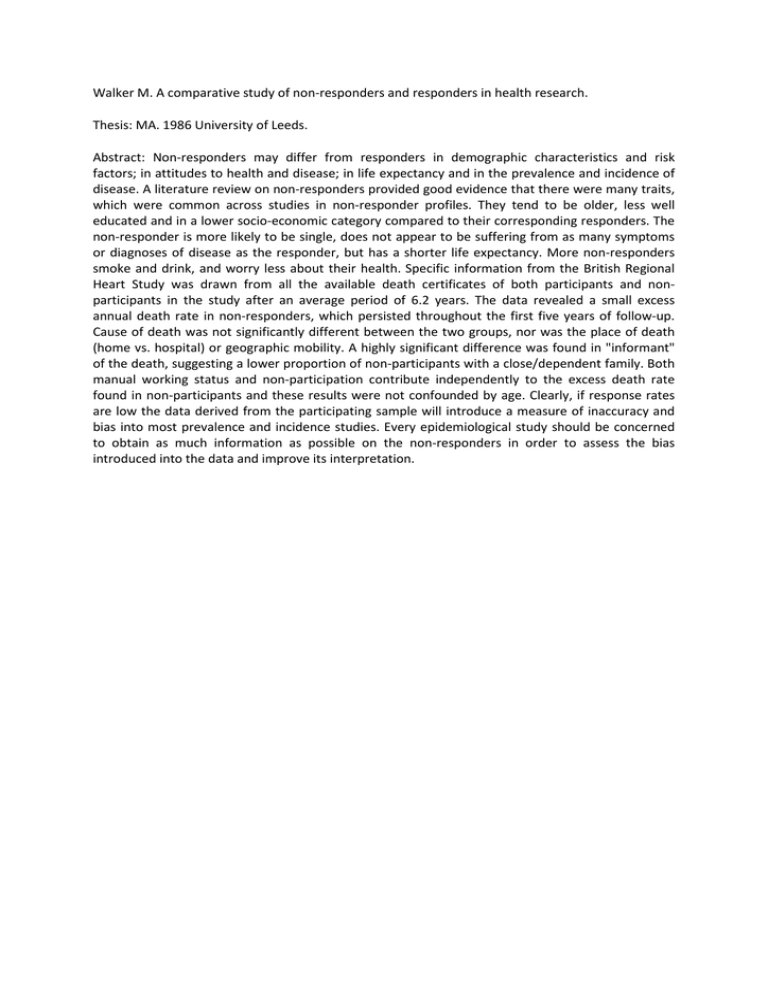
Walker M. A comparative study of non-responders and responders in health research. Thesis: MA. 1986 University of Leeds. Abstract: Non-responders may differ from responders in demographic characteristics and risk factors; in attitudes to health and disease; in life expectancy and in the prevalence and incidence of disease. A literature review on non-responders provided good evidence that there were many traits, which were common across studies in non-responder profiles. They tend to be older, less well educated and in a lower socio-economic category compared to their corresponding responders. The non-responder is more likely to be single, does not appear to be suffering from as many symptoms or diagnoses of disease as the responder, but has a shorter life expectancy. More non-responders smoke and drink, and worry less about their health. Specific information from the British Regional Heart Study was drawn from all the available death certificates of both participants and nonparticipants in the study after an average period of 6.2 years. The data revealed a small excess annual death rate in non-responders, which persisted throughout the first five years of follow-up. Cause of death was not significantly different between the two groups, nor was the place of death (home vs. hospital) or geographic mobility. A highly significant difference was found in "informant" of the death, suggesting a lower proportion of non-participants with a close/dependent family. Both manual working status and non-participation contribute independently to the excess death rate found in non-participants and these results were not confounded by age. Clearly, if response rates are low the data derived from the participating sample will introduce a measure of inaccuracy and bias into most prevalence and incidence studies. Every epidemiological study should be concerned to obtain as much information as possible on the non-responders in order to assess the bias introduced into the data and improve its interpretation.
